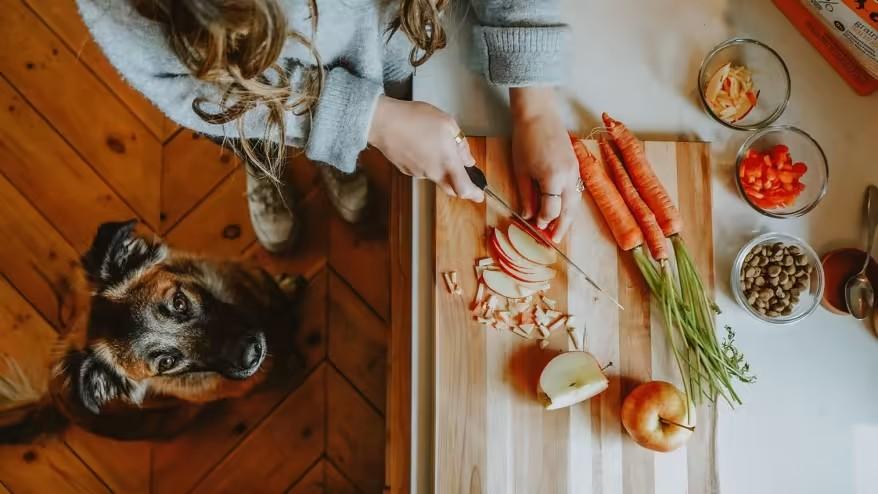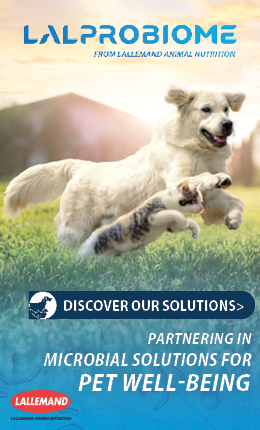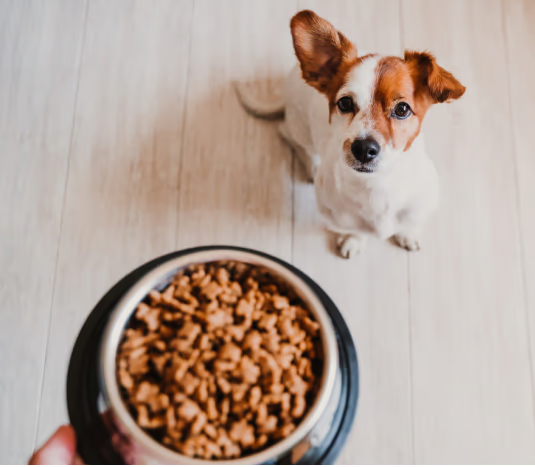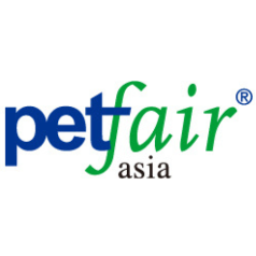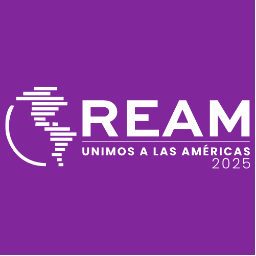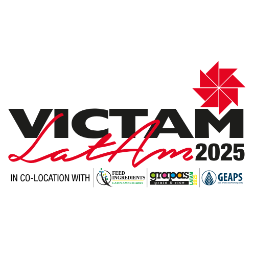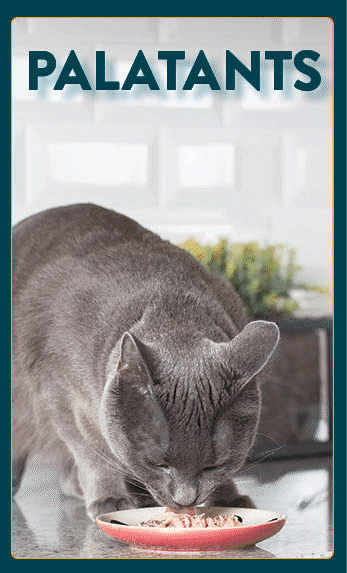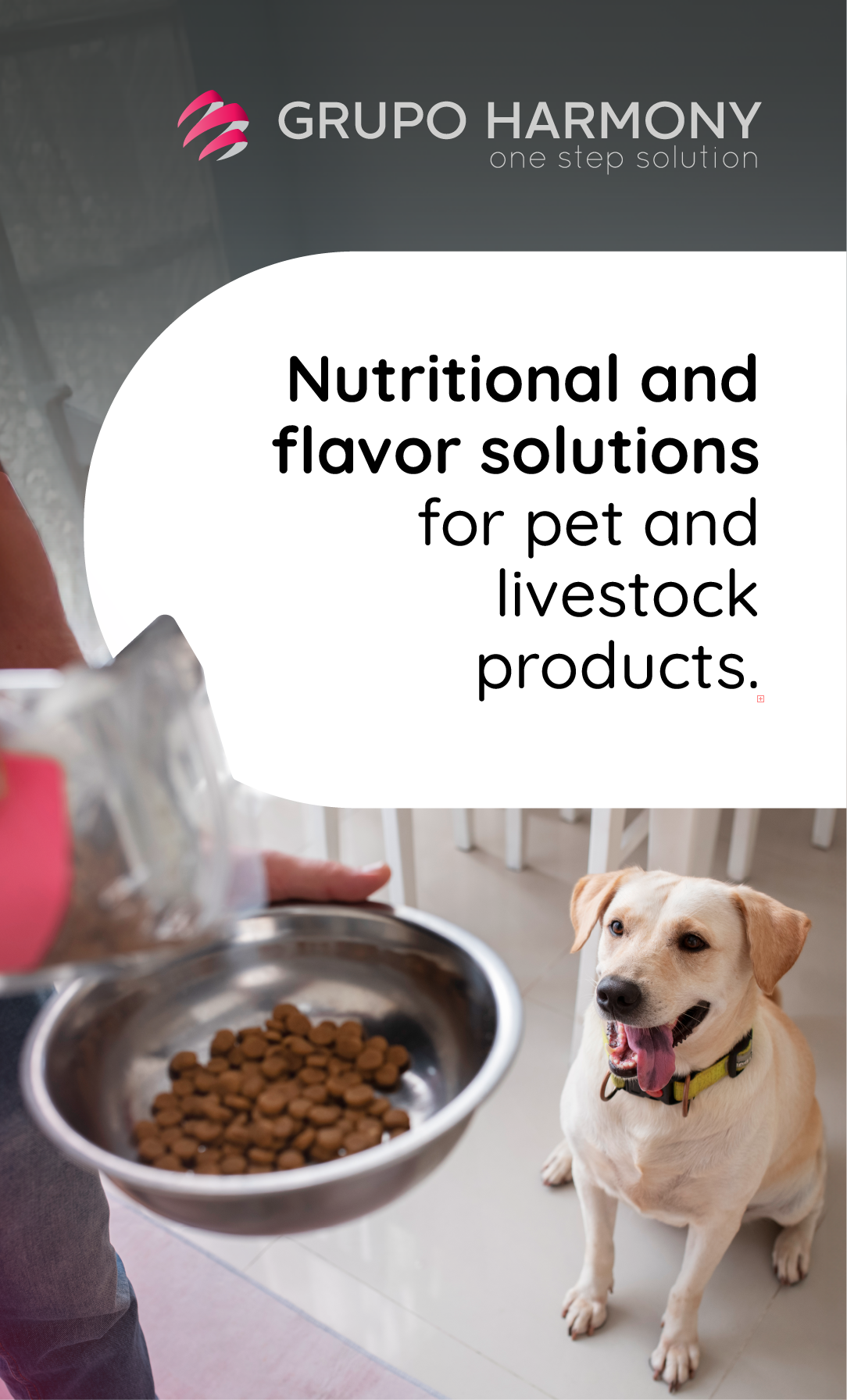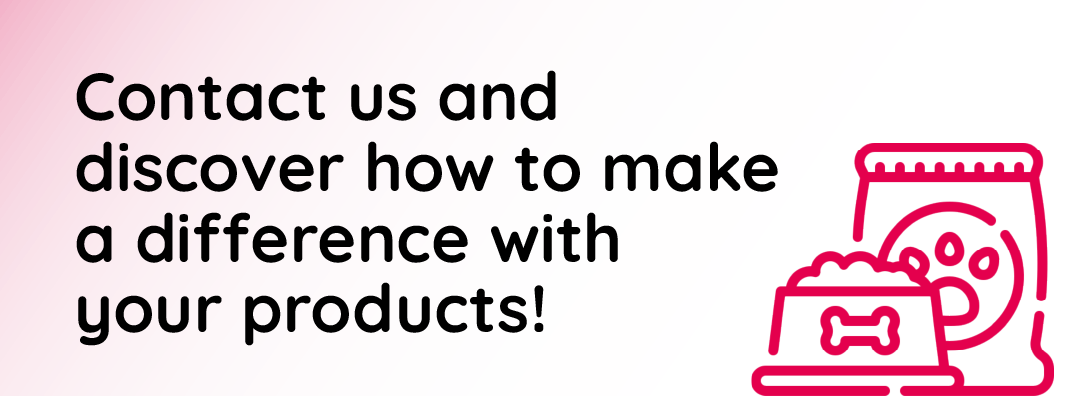What Is a Raw Dog Food Diet?
Raw dog food diets have been around for quite some time despite being controversial. In recent years, they've been increasing in popularity. Raw diets usually contain ingredients like raw meat, uncooked eggs, and bones (both whole and ground).
Some of the perceived benefits of a raw dog food diet include:
- Better stool quality
- Improved skin and coat health
- Cleaner teeth
- Better digestive health
- Weight management
However, there has also been a lack of scientific evidence to back up these claims while there are many documented concerns about the risks related to raw meat diets.
Some of the risks associated with raw dog foods include:
- Broken teeth
- Digestive upset
- Intestinal damage due to sharp bone fragments
{{editor}} - Nutrient deficiencies
- Pathogenic bacteria contamination
Most veterinary and public health associations (AAHA, AVMA, CDC, FDA, CVMA, FEDIAF) advise against raw foods for dogs. Because of food safety concerns, the risks of feeding a raw food diet not only affects pets but we humans as well.
Concerns of Feeding A Raw Food Diet
Two main concerns when feeding any food to pets are:
- Is it safe and free of harmful pathogens that can make your pet (or you) sick?
- Does the diet provide all the nutrition your pet requires?
Things like cooking, high-pressure pasteurization, commercially-available food with a nutritional adequacy statement, and consulting with a qualified nutritionist are all things to think about when choosing to feed a raw food diet to your dog.
Raw meats have a high risk for contamination with pathogenic microorganisms, such as salmonella and E. coli. Just like humans, there's a risk of pets getting food poisoning from raw meat. There's also the challenge of making sure that raw meat is handled carefully to prevent cross-contamination, which can result in the people in your household getting sick.
If feeding a homemade food diet to your pet is important, consider cooking it to eliminate pathogens. There isn't any evidence that food must be raw to get the perceived benefits mentioned above. However, cooking will provide peace-of-mind that the food is not only safe for your furry friend but yourself and your family too.
Consider High-Pressure Pasteurization
If you would prefer not to cook your pet's food, another option to consider is buying a commercial raw diet that has been treated using high-pressure pasteurization (HPP).
HPP destroys pathogens while having little impact on the benefits of the food. It uses pressure rather than heat to kill harmful bacteria. This way, the food remains raw while increasing its safety. Before buying a commercial raw diet, contact the manufacturer to determine if they use HPP and what other food safety systems they have in place to provide high-quality food.
Nutritional Requirements for Dogs
When considering a raw or homemade diet for your dog, it's important to know what we refer to as 'nutritional adequacy'. A nutritionally adequate diet contains all the nutrients your pet requires in the correct quantities. Often, when nutrient levels are tested in homemade diets, they are found not to meet nutrient requirements. Therefore, we recommend getting in touch with a qualified nutritionist to review your diet plan to make sure it is nutritionally balanced!
If choosing to feed a commercial diet, either raw or cooked, it's important to choose a suitable food for the species (dog or cat) and life stage2 of your four-legged friend. You can also call the company and find out who made the food and their qualifications. These two steps will give you a peace-of-mind that the food you're serving will meet your pup's nutritional requirements.
Other Nutritional Considerations
Another factor to consider is the nutrient content of the ingredients included in a raw diet. Certain nutrients need special attention because of the limited number of foods that contain them. For example, vitamin D is only found in certain foods, such as fatty fish, beef liver, and egg yolks.
Other nutrients, such as calcium and phosphorus, have a smaller range between the minimal and maximum requirements. These need to be taken in the correct amount to prevent disease, especially for bone health in young, growing pets.
Because of this, pet food companies test their ingredients and products to ensure the food contains the right amount of each essential nutrient. However, for individual pet parents, testing can be expensive and usually isn't feasible. Complete and balanced dry and wet pet foods made by a company that sets high food safety and quality standards (including testing for pathogenic bacteria) and has qualified nutritionists on staff takes the guesswork out of feeding your beloved pet.
By Now Fresh
You could be interested: Category 3 Animal Fat - an important Pet Food Ingredient
Animal Origin
23/10/2023










